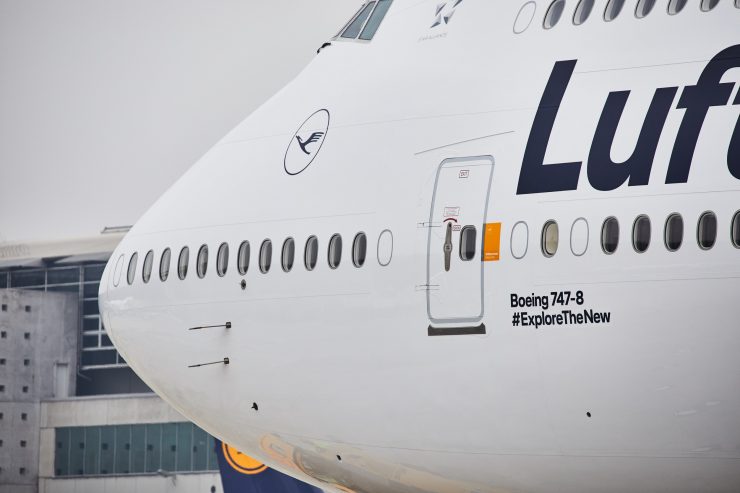The issues at Johannesburg OR Tambo International Airport started on January 4 when a fire at a large petroleum refinery in South Africa knocked out production of Jet A Kerosene nationally. It remains unclear when production will return to normal.
In the meantime, the airport operator says it has enough jet fuel to keep the airport at normal capacity until February 2, although airlines are being encouraged to come up with contingency plans should the shortage drag on, while some carriers have complained that access to jet fuel at the airport is already being restricted.
One solution that the Airports Company of South Africa (ACSA) has already told airlines to proactively explore is ‘tankering’ the fuel they require from an alternative airport, negating the need to refuel in Johannesburg completely.
Tankering is commonly used for shorter flights whereby the airline will fill the plane with enough fuel at its departure airport to get to and from an airport experiencing shortages without needing to refuel or only requiring a small amount of extra fuel.
In Lufthansa’s case, however, it wouldn’t be possible to put enough fuel on a Boeing 747-8 to fly the 8,500 km distance from Frankfurt to Johannesburg and back again.
Earlier this month, Lufthansa started to divert some flights from Johannesburg to Frankfurt with a short stopover in the South African city of Durban to refuel before continuing onto Germany, but this solution was adding more than two hours onto the flight time, meaning that passengers were missing their connections in Frankfurt and delaying the aircraft from being used on its next flight.
Like many European carriers, Lufthansa operates an overnight flight to South Africa and then leaves the aircraft parked on the ground all day before a night time return to Germany.
So, the airline is now using this spare time on the ground to fly its empty Boeing 747s the 1,166 km distance to Windhoek in Namibia where the plane is fully refueled before returning to Johannesburg.
Once back in South Africa, passengers board the plane and it can make a non-stop return flight to Frankfurt.
In a statement, ACSA explained: “Airlines are entitled to take measures they consider prudent in the circumstances, including tankering from other airports, in order to save the current fuel reserves until certainty about the month of February prevails.”
The statement continued: “ACSA would like to reassure airlines, passengers, and all stakeholders that every necessary step is being taken to maintain normal airport operations and ensure the secure and uninterrupted availability of jet fuel at ORTIA [OR Tambo International Airport].”
In the last few years, several major airports have faced serious issues with jet fuel shortages, resulting in airlines being forced to tanker extra fuel. In January 2023, San Diego Airport faced disruption after a fuel pipeline serving the facility was damaged.
British Airways tankered additional fuel on its outbound flight from London and then topped up a small amount of fuel in San Diego before flying back to Heathrow. Several months later, Heathrow Airport faced its own jet fuel shortage and asked airlines to tanker fuel in order to conserve its own supplies.
German flag carrier Lufthansa is flying empty Boeing 747-8 jumbo jets more than 2,000 kilometers in order to pick up extra fuel.

